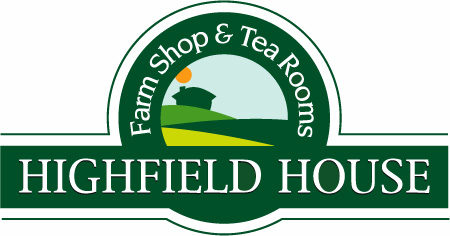The Texel sheep originates from the island of Texel, one of the north-western islands off Holland where the ancient native sheep was known as Pielsteert (Pin-tail, because of its thin short tail). In an attempt to improve prolificacy, growth rate and size several English breeds such as Lincoln, Leicester and Wensleydale were introduced at the end of the nineteenth century. Rigorous selection resulted in the development of a large, prolific and well muscled sheep. 1909 saw the formation of the first Texel breed society in North Holland which in 1911 issued the first description of type.
About 1933, the Texel was introduced to France and has since become established, particularly in the Northern provinces. In 1970, they were introduced to the United Kingdom with an importation organised by the Animal Breeding Research Organisation, who brought in four rams for experimental purposes. Another four followed in 1971 and ABRO initiated extensive trials to compare the Texel with other terminal sires. The verdict was that the Texel excelled in carcass quality and in particular, in lean meat yield.
In 1973, thirteen Lanarkshire sheep breeders joined forces with ABRO to import twenty-seven Texel females and thirteen rams from France. Further importations were made throughout the 1970s, with the first direct import from the Netherlands at the end of that decade.
In Great Britain, the Texels have shown that they are capable of withstanding the rigors of the Scottish winter without any hardship and their progeny have proved to be as adaptable in our climate and altitude as the Flocks in Holland and France.
The Breed is well known in Europe and in the continents of Australia, Africa and South America as a provider of a high quality carcass that has a high killing out percentage. It is also well known in many countries as a breed that transmits its qualities to its progeny when used for crossing purposes.
Texels now dominate the UK sheep industry, with a 27% share of the ram market, according to the 2012 EBLEX British Sheep Breeds Survey. The survey reported the Texel as being the second most widespread breed, with North Country Mules being the most widespread. On the ram side the Texels comprised more than a quarter of all rams in Britain and were found on nearly 18,000 farms.
But, what is perhaps most marked is the overall impact of the breed on the British sheep industry, with Texel crosses also accounting for 1.6m crossbred ewes too, more than 12% of the total ewe flock.
Such is the popularity of the breed that elite genetics regularly sell for five figure sums, with six figure prices paid occasionally too. The breed has recorded the highest priced sheep sale in the UK when Deveronvale Perfection sold for 220,000gns (£231,000) at the Scottish National Sale, Lanark, in 2009.
The breed’s second best price of 145,000gns (£152,250) was paid for Knap Vicious Sid in 2014, with this sale again taking place at the Society’s Scottish National Sale, Lanark.
